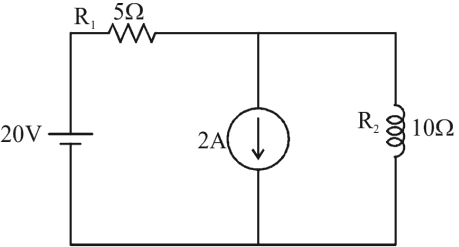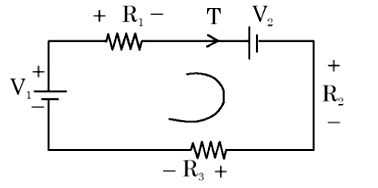In transmission lines, a large amount of power is transmitted over a long distance. So, voltage regulation is not important because in some lines, 40% regulation is considered satisfactory. In such cases, only the economy is important. The cost of the conductor is the main part which decides the total cost of the transmission line. Hence, the selection of the proper size of the conductor for a particular line is most important.
The most economical area of the conductor is that for which the total annual cost of the transmission line is minimum. This is known as Kelvin’s law and was given by Lord Kelvin in the year 1881.
It states that the most economical cross-section of a conductor is the value at which the annual cost of the electric energy wasted in the conductor, and annual cost of the interest and depreciation on the capital cost of the conductor are equal. Thus, the total annual charge on an overhead transmission line can be expressed as :
Total annual charge =P1 + P2α or Variable part of the energy charge = Annual cost of energy wasted.
where
P1 and P2 are constants
α is the area of the X-section of the conductor.

